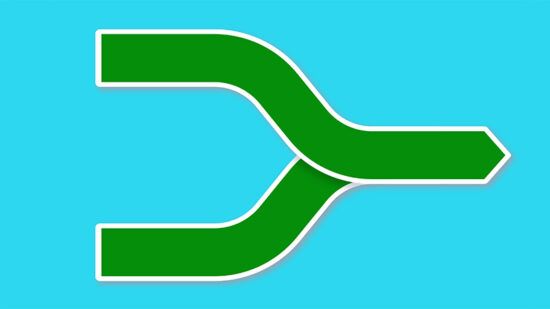There are nearly 50 million people trapped in modern slavery – more than the entire population of Spain. It’s a rapidly growing problem that’s sharply increased by nearly 10 million compared to just five years ago.
The Covid-19 pandemic has played a key role in this regard, creating challenges for supply chains globally and a deterioration of working conditions for many workers. The World Bank indicates that extreme poverty – one important metric of forced labour risk – remains far higher than the pre-pandemic trajectory.
According to the most recent Global Estimates, the rise in victims is almost entirely driven by the private sector, where 86% of forced labour occurs. It’s most predominant in labour-intensive industries such as services (excluding domestic work), manufacturing, construction, agriculture (excluding fishing), and domestic work as well as at the raw material and processing stage. Certain categories of workers are at a higher risk, with migrant workers three-times more likely to be in a situation of forced labour.
The need for transparency and scalable solutions
Given the rich amount of data, it should be fairly simple for companies to identify and act upon ‘hotspots’, where the risk of forced labour and other human rights abuses is highest in terms of severity and scale.
However, companies are consistently failing to undertake human rights due diligence and identify forced labour in their supply chains. A 2019 report by the Alliance for Corporate Transparency found that while the vast majority of companies expressed their commitments to upholding human rights, only 36% publicly disclosed the processes used to prevent risks and violations. Even worse, only 15% of companies included workers in their due diligence process, which almost entirely rules out the possibility of identifying forced labour risks.
This begs the question – why is there still inaction on this topic? And, more importantly, what can be done about it?
Taking a risk-based approach
One of the most critical reasons behind the inertia is a lack of a risk-based process of supply chain monitoring. For starters – most companies still don’t have visibility over their lower tiers and only monitor their direct suppliers (tier-1). This means that while the greatest risk may exist in certain parts of the business process, most companies will not prioritise them for monitoring.
Whilst the European Commission is on the verge of adopting its Directive on corporate sustainability due diligence to better anchor human rights and environmental considerations in companies’ operations and supply chain, it may limit due diligence obligations to established business relationships. If there is little monitoring over high-risk business processes in the ‘indirect supply chain’ issues around a lack of transparency and accountability will continue. With 66% of companies still not disclosing any forced labour risks identified in their supply chain – the wilful blindness on this topic will continue. Companies must know and engage their whole supply chain if we are to make any dent on this issue.
Creating affordable tools for supply chain due diligence
If companies are to successfully identify risks in their upstream supply chain, there needs to be a uniform tool to help all supply chain partners focus on practical implementation of ESG standards, rather than only reporting. This includes helping end-buyers have full visibility and engagement and monitoring over high-risk business processes (including the upstream) and helping direct suppliers to cascade requirements beyond their own businesses.
The market for socially responsible supply chain tools is expected to reach $2.7bn over the next five years, but the current tools available are not fit for purpose. Most supply chain SaaS tools have limited scope, and don’t always identify problems at all levels of the supply chain. What’s more, with costs between $30,000 to $50,000 per year on average, they’re only truly suited to larger brands, rather than smaller businesses. There can be strict limitations on the number of suppliers that can be included, too. As a result, the riskier parts of the supply chain, such as seasonal and transactional suppliers, can be left out of the process altogether, thus preventing companies from carrying out thorough human rights due diligence.
As technology advances, however, we are starting to see responsible sourcing tools suited to businesses of all sizes, enabling them to take part in the monitoring process. Although issues of affordability of these tools remain, companies are in a much better position to successfully identify forced labour risks and ensure end-to-end due diligence. Moving forward, a continued focus on improving accessibility and covering the whole supply chain, including those most at risk of experiencing exploitation, will ensure companies gain even greater transparency and be on top of due diligence legislation.








